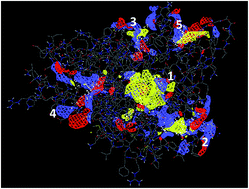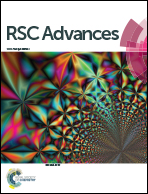Transcriptional regulation of the pregnane-X receptor by the Ayurvedic formulation Chandraprabha Vati
Abstract
Chandraprabha Vati (CPV), a multi-ingredient phyto formulation, is widely used in Ayurveda for the treatment of liver and kidney disorders. In this study, we attempt to elucidate the mode of action of CPV. We specifically focus on the effects of CPV on the transcriptional regulation of Pregnane-X-Receptor (PXR) and its subsequent effects on interleukins, Peroxisome Proliferator-Activated Receptor-γ (PPARγ) and type 4 Glucose Transporter (GLUT4). Our results show that CPV up-regulates PXR moderately in contrast to its individual ingredients such as chebulinic acid or linalool that down regulate PXR. Further, the expression of Cytochrome P450 3A4 (CYP3A4), the gene involved in drug elimination, is only moderately up-regulated by CPV, again in contrast to the effect of some of its ingredients. CPV down regulates the levels of pro-inflammatory cytokines and upregulates the levels of PPARγ, which in turn upregulates GLUT4 expression. These together suggest that the therapeutic properties of CPV can be attributed to its multi-pronged action, viz., prevention of inflammation, moderate expression of PXR that activates several downstream pathways and tight regulation of CYP3A4 thereby slowing down the elimination of the chemical constituents. In addition, these results emphasize on the need for multi-ingredient approach towards designing effective therapeutic formulations.


 Please wait while we load your content...
Please wait while we load your content...